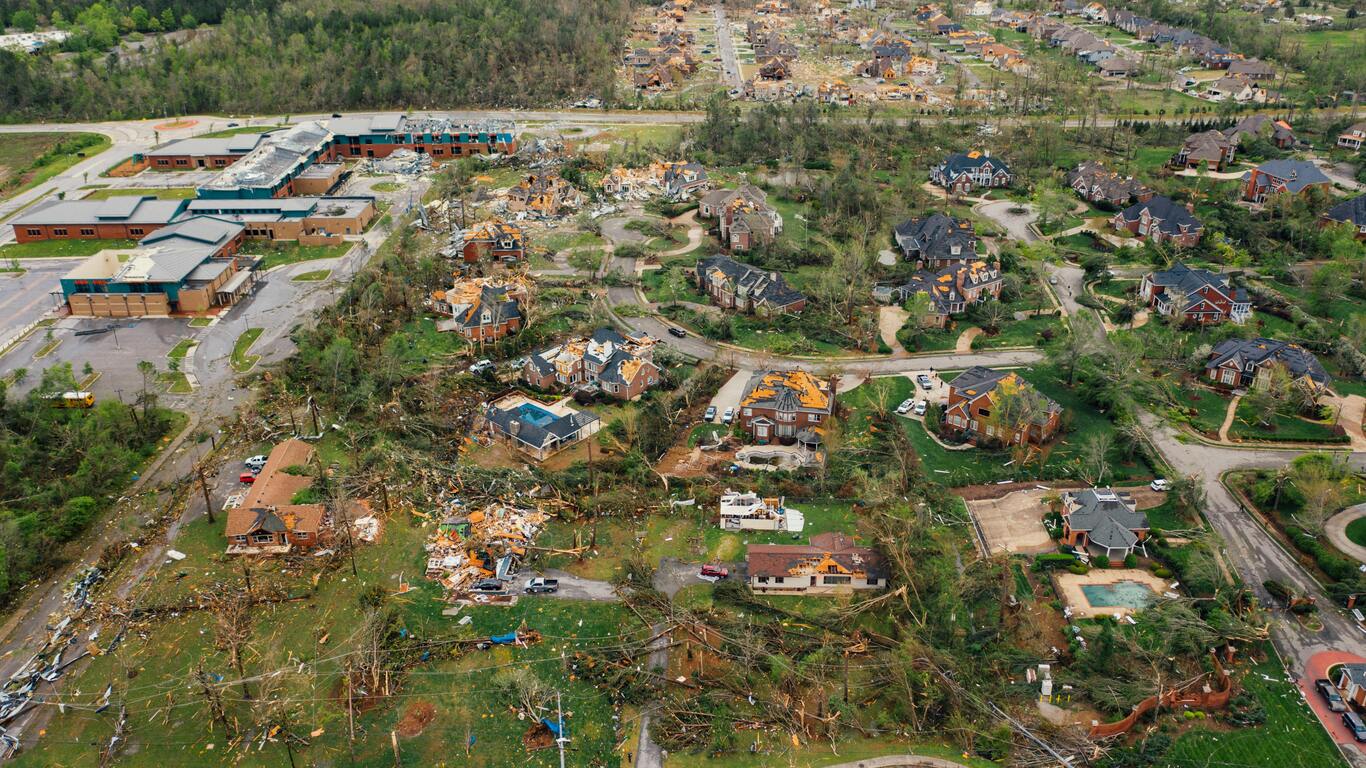
When a tornado strikes, it leaves more than a trail of debris—it disrupts lives, families, and entire communities. For residents of Kentucky, Missouri, and other recently hard-hit areas, the days following a tornado are filled with uncertainty, stress, and pressing needs. But recovery is possible, and the journey back to stability starts with taking informed, practical steps.
Whether you've lost your home or you're trying to support loved ones through the chaos, this guide outlines crucial actions to help you recover after a tornado—and introduces MyKey, a valuable resource for emergency housing during this critical time.
Your first priority is personal safety. If you’ve been injured, seek medical attention immediately. Check on neighbors, especially the elderly or disabled, and follow the instructions of emergency services.
Once it’s safe to do so, avoid downed power lines, broken glass, and unstable structures.
Document everything. Take photos and videos of your property, even if it’s severely damaged.
Contact your homeowner’s or renter’s insurance provider as soon as possible to begin the claims process. Many insurers require visual proof and a prompt notification of the incident.

If your home has been damaged or destroyed, finding safe, reliable housing becomes urgent. That's where MyKey can help.
MyKey is a trusted service that connects disaster survivors with vetted hotels, temporary housing, and furnished apartments quickly and safely. MyKey partners with insurers, adjusters, and government agencies to provide housing solutions that meet individual and family needs after disasters like tornadoes.
Visit their website or call their emergency housing support line to get help finding safe, comfortable shelter when you need it most.
Several organizations provide disaster relief in the wake of tornadoes:
Trauma after a tornado is real. Loss of home, possessions, or community can take a significant emotional toll. It’s okay to ask for help. Reach out to local mental health professionals, counselors provided through disaster recovery programs, or even talk to your primary care provider about how you are feeling.
Once you’ve secured shelter and submitted insurance claims, begin thinking about rebuilding. Get multiple estimates, work only with licensed contractors, and be cautious of scams—unfortunately, fraudulent contractors often target disaster zones.
If your home is uninhabitable for a long time, long-term housing solutions like those provided by MyKey can ease your transition until permanent repairs or rebuilding is complete.
Recovery takes time, but you’re not alone. Whether you’re in Kentucky, Missouri, or any other area hit hard by tornadoes, support systems exist to help you through the aftermath.
Start with safety. Reach out for shelter. And remember, companies like MyKey are here to provide fast, secure housing when you need it most.